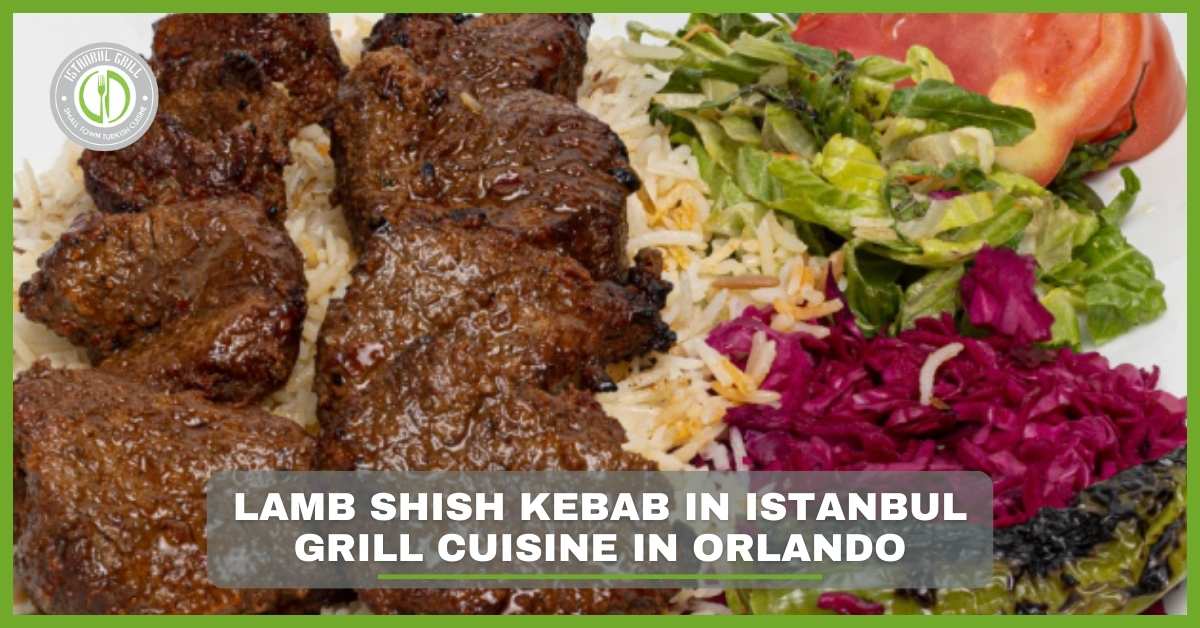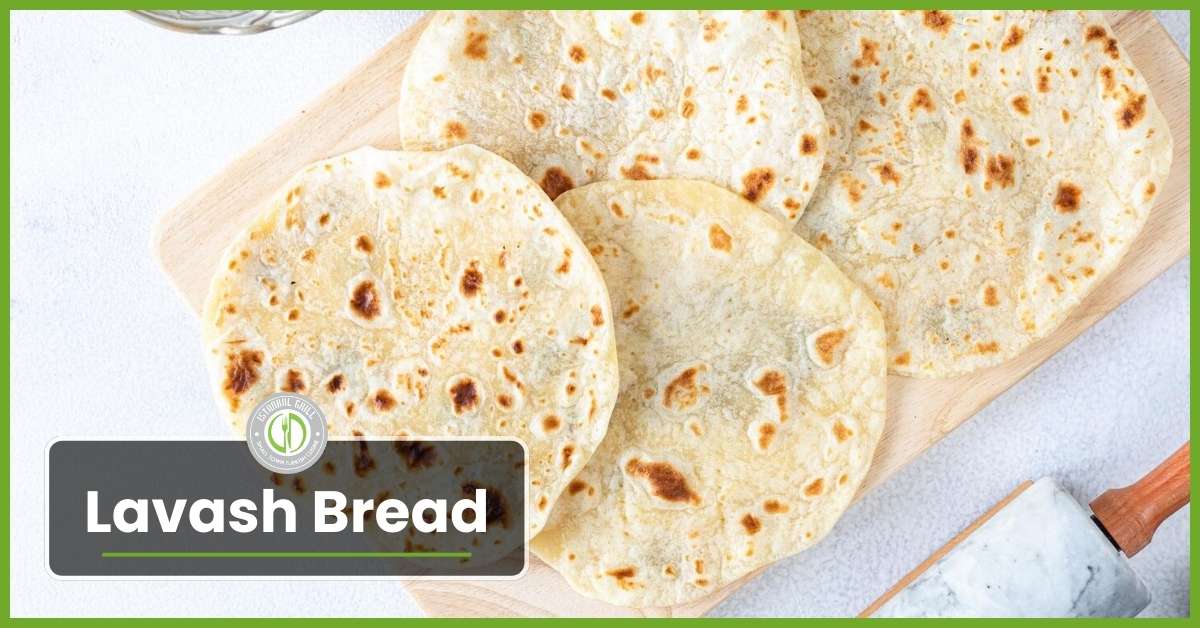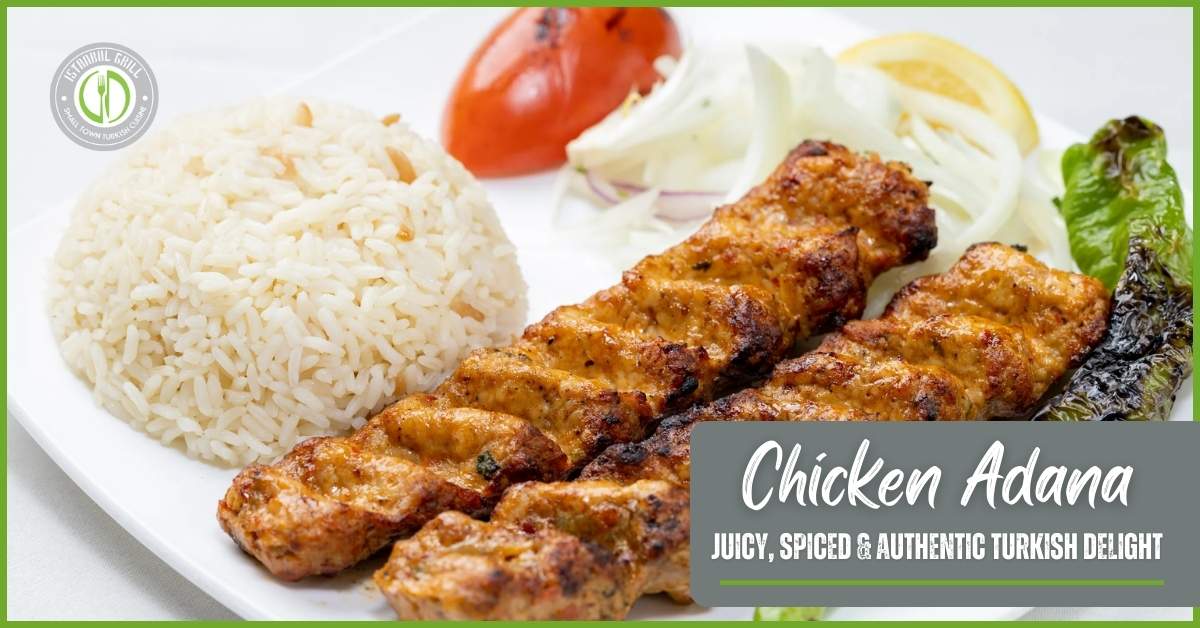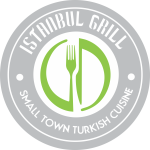Bread also occupies a high position in Turkish culture, although here it is considered a real addition to any dish in Istanbul. But what is precisely the name of the bread that you can meet in this city? For now, the street vendors selling freshly baked tender loaves to craftsman-made delicate patterns of varieties in the bakeries in Istanbul are as follows:
Certainly, the most recognizable type of bread in Istanbul is Simit which is called a Turkish bagel. This is a type of circular bread baked with a sesame seed coating. It is a breakfast meal usually taken with tea, cheese, and olives. However, Ekmek, which is much more general in meaning bread, is used daily. This could mean anything from the fluffy white bread loaf to the crisp and crusty bread referred to as köy ekmeği – village bread.
In this part of the world, bread is more than just a loaf of bread. It represents something bigger in Istanbul, specifically, hospitality, togetherness, and history. Most of the Turks believe in the divine nature of bread. They even can kiss any piece of bread on the ground before removing it. Turkish people cannot offer a meal without bread no matter what. Whether it is a light meal or dinner, lunch, or supper hence the significance of unveiling the history of bread in Turkey.
In this article, I will share some insights about Why Turkish people eat So Much Bread. What makes it Different from Other Bread? When to Make It at Home? Why to Eat Bread Turkish Way?
How Do You Make Turkish Istanbul Bread?
It is not hard at all to make traditional Turkish bread at home, and this is quite rewarding too. While different breads may have slightly different recipes. The basic ingredients are usually the same: – baking flour, brewer’s yeast, water, ordinary salt, and, occasionally, olive oil. Now, let’s go through the steps of preparation of one of the traditional breads of Istanbul – pide.
Start with the dough: Blend approximately 500g of plain flour with one sachet of compressed yeast, one teaspoon of salt, and around 300ml of warm water. You can also incorporate olive oil, about a tablespoon to make the smoothie Creamier. Combine the ingredients into a dough; knead for about, 10 minutes. By the end of kneading the dough should be smooth and elastic.
Let it rise: After the dough is kneaded put it in a bowl spread a wet cloth over it and let it rise for approximately one hour. It should also increase its size by twice during this period.
Shape and bake: Once the bread mixture has risen you have to knock the air out and then portion the dough in the size you desire for your bread. Take each portion and shape it, then flatten it with the hand into oval-shaped pieces. You can enhance its taste by brushing the top with a little olive oil and rolling it in sesame, or nigella, seeds. Bake the bread in a preheated oven at 220°C (430°F) for 10–12 minutes or until the top turns golden brown.
And that’s it, you get freshly baked Turkish pide that is perfect for serving with grilled meat, stew, or for snacking with dips!
Why Do Turkish People Eat So Much Istanbul Bread?
Turkish people do not have bread as an accompaniment to a meal; it is a meal. So, what is the reason that makes Turkish people- especially the Istanbulites- consume such a high amount of bread? The reasons are not only linked to taste preferences.
First, it should specify that bread is an inextricable element of Turkish cuisine. Bread has been an indissoluble part of the Turkish diet for thousands of years and the Turkish people have been baking bread all this time. During the Ottoman age, bread was considered the divine provision, and it was honored fully. Such respect somehow persisted to the present time in Turkey. It is believed that bread should be present in every meal regardless of its type.
The second reason why people consume a lot of bread is because it is flexible. Breakfast, lunch, and dinner accompany bread. Whether it is in olive oil, with some jam, or to scoop up a thick stew. Bread is a simple food accessory that can be eaten with nearly anything. Istanbul is either a tourist attraction or a city. It has so much variety when it comes to Street food and restaurant formal attire that the integration of bread into the daily meal basket is almost limitless. Meals indeed are quick and easily portable and a typical example of this is the Simit which is perfect for commuters while a basket full of pide a more formal and fancy meal is served with flat breads more commonly known as pide.
Finally, Turkish bread is relatively cheap and therefore can be purchased by all populaces. This cheap and versatile ingredient along with its relation to authentic Turkish cuisine is the reason for its popularity in all of Turkey.
What is Different About Turkish Bread?
Turkish bread has its flavor and structure, and it is different from other breads in other countries. Another obvious difference is the diversity. In Turkey, there is fresh bread like in any other country. But the bread could be white, soft, spongy dark-colored, tough, and compact. All types of popcorn have different tastes, and they are consumed for different occasions.
Corresponding to this definition, Turkish bread should be soft in the middle and have a crispy crust. It has an interesting texture that goes well with all sorts of dips and spreads or just eaten with Turkish meze (appetizers). For example, pide is a flatbread that is crispy on the outside and chewy on the inside. It is perfect for absorbing sauces and gravies that accompany meats or vegetables.
There is also usage of sesame and nigella seeds more specifically on bread products such as Simit. These seeds further provide the needed grain and introduce a full nutty, slightly sweet taste that is typical of most Turkish breads. The liberal application of natural components including flour, yeast water, and olive oil makes the bread natural without any addition of preservatives.
However, one of the most important facts about Turkish bread is it can be baked new in a single day. In Istanbul, one can quite often find bakeries where they sell the new loaf of bread directly from the oven, and people who run to get a hot loaf. That focus on its newness is one of the primary reasons why Turkish bread is so delicious and unique tasting as opposed to the standardized breads available in other countries.
How to Eat Turkish Bread?
Turkish bread can be used in many recipes, so many, could probably write a book about it. Often it accompanies almost every meal. However, the manner of consumption may greatly depend on the type of bread used and the specific dish being served.
Another way of presenting the bread in Turkey is as a side dish to meze small plates of food that are shared. These are small plates, or tapas that are served before meals and can consist of the likes of hummus, Haydari – a sort of yogurt dip, and EZME – tomato-based sauce. Bread is employed to serve these dips which gives each bite a new taste as you scoop them up.
The other traditional way the Turkish bread is taken is with kebabs. Whether it is a lamb kebab or a chicken tikka on a skewer. It is always bread must be there to soak all the gravy. It will also be common for many people to fold pieces of the kebab and place them inside bread to form an instant meal which is a sandwich.
The bread for breakfast is usually accompanied by the following garnishes: jam, honey, cheese, and olives. Simit especially is preferred to be consumed in the morning. It tastes best when consumed with a cup of tea, Turkish tea to be precise, for a healthy snack. Anyway, it fits perfectly with any meal providing a wonderful combination of taste and crispiness.
Final Thoughts
For most people in Istanbul, bread is not only a necessity but also a hope. An entity that unites citizens of a mega-city, filling their homes and cafes with warmth and taste. To locals and tourists alike, flavor and depth came naturally when Turkish bread accompanied their meal. So it remains an important flavor for the taste buds of Istanbul.
FAQs
Is there a reason for flatbread?
Well, pide is a type of flatbread, it’s much easier to bake such breads quickly and they are quite often used for fast-food locations and street foods. Their shape also makes them perfect to be wrapped or dipped.
Wraps, are they better for us than Istanbul bread?
As noted, though, depending on what they are wrapped or stuffed with, wraps can be healthier than sandwiches since they both are the type of food that one doesn’t necessarily limit oneself to. It means that they can be healthy if taken in moderation.
Is it possible to make dough using only water and flour?
It is possible to simply combine flour and water, but using yeast and salt gives a better texture and taste to it.






